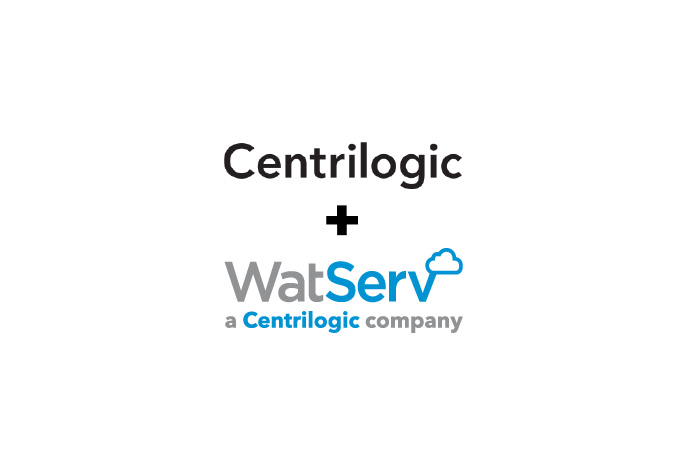Cloud Adoption Journey: Hybrid Or Multi-Cloud
By Kazim Somji, CTO
June 15, 2021
In my last article I explored the business outcomes of a cloud transformation journey. There are many different drivers across the entire business, but there can be several different pathways to transform your business using a cloud strategy. I’d like to start here by exploring one type of journey – a hybrid or multi-cloud solution.
In my next article I’m going to explore a different type of journey using modern container solutions, so it’s worth just briefly outlining both of these journeys.
A hybrid cloud is a type of cloud computing that combines a private cloud (on-premises infrastructure), with a public cloud (computing services offered by third-party providers over the public internet). Hybrid clouds can allow data to move between the different cloud environments and they are now evolving to embrace edge workloads – so some processing is performed without the need for data transfers across the cloud.
But as cloud adoption gets more complex some will require a different strategy. Orchestrated containers to manage pools of workloads in one or more centralized clusters can help you prepare for container integration into centralized operations and your broader cloud strategy.
So let’s explore the first of those journeys – a hybrid or multi-cloud adoption journey.
It’s worth understanding some of the terms first. A hybrid cloud combines your on-premises infrastructure (the private cloud) with public cloud services available from third-party providers on the Internet. When you are using a hybrid deployment model, you gain data and application portability making it possible to move both data and applications between the clouds but for them to also remain unique entities.
Although cloud evangelists will often argue for a 100% public cloud solution, there is sometimes a need to create a hybrid. This might be due to regulatory or related to where specific data, such as personal details of customers, can legally reside. If it breaks data protection legislation for you to process details offshore, then it is likely that you need to plan for a hybrid model.
But it may also just be a performance-related decision. If you require extremely low latency – the delay when accessing and using your data – then you might need to design a hybrid cloud so your data and application’s network requirements are being met.
Transformation to use a hybrid solution can also be a useful way to embrace the emerging use of edge computing and edge workloads. With the Internet of Things (IoT) we are now seeing networks full of sensors and devices that create and consume data – without effective planning bandwidth can become a major issue.
A hybrid and multi-cloud adoption strategy allows all your resources to be spread across your on-premises private cloud, the public cloud, and devices at the edge. When I talk to clients there are some recurring themes that drive companies into this transformation journey, beyond just the latency or regulatory requirements I mentioned earlier.
- Common view on all systems; companies want to see their present infrastructure all in one place and have clear ideas about how new applications can be included in this infrastructure.
- Governance; without taking an explicit hybrid approach there is often a difficulty in matching policies and standards across the on-premises systems and the public cloud.
- Skills; most companies feature a range of skills and these can be augmented with partners, but in general there is a need to ensure that future applications are designed for a hybrid cloud.
- Security; how to ensure security without a dramatic modification of the existing procedures.
Exploring this hybrid or multi-cloud transformation journey does ensure you can avoid the lock-in of using a single cloud provider and across your entire business there may already be different public clouds in use so a hybrid strategy can help to unify them into a single governance structure.
Application performance can be maximized by using an edge workload strategy and it may even be preferable for your Business Continuity Planning to use more than one cloud provider. It may duplicate some effort, but after the experience of the past year anything that can increase security and resilience may be worth exploring.
About
WatServ is an IT solutions provider that helps organizations digitally transform through cloud technologies and managed services.
Serving clients as a trusted advisor since 2006, WatServ provides experience-tested, strategic solutions across all stages of the digital transformation journey. Clients choose WatServ to migrate infrastructure and applications to the cloud, secure critical data, implement disaster recovery, deploy virtual desktop, enable data-readiness for productivity solutions and manage IT environments.
Our clients span a broad range of industries, and we’re a global supplier of IT services for many Brookfield Portfolio Companies. To help our mid-size clients, we provide scalable offerings that simplify cloud adoption and drive business optimization. For enterprise clients, we co-create cloud solutions that enable stability and efficiency for complex IT tools and processes.
With more than 15 years of experience, WatServ has a track record of delivering quantifiable business results and a superior client experience. Ranked as one of Canada’s Top 100 Solution Providers for the last three years in a row, WatServ is always on.

